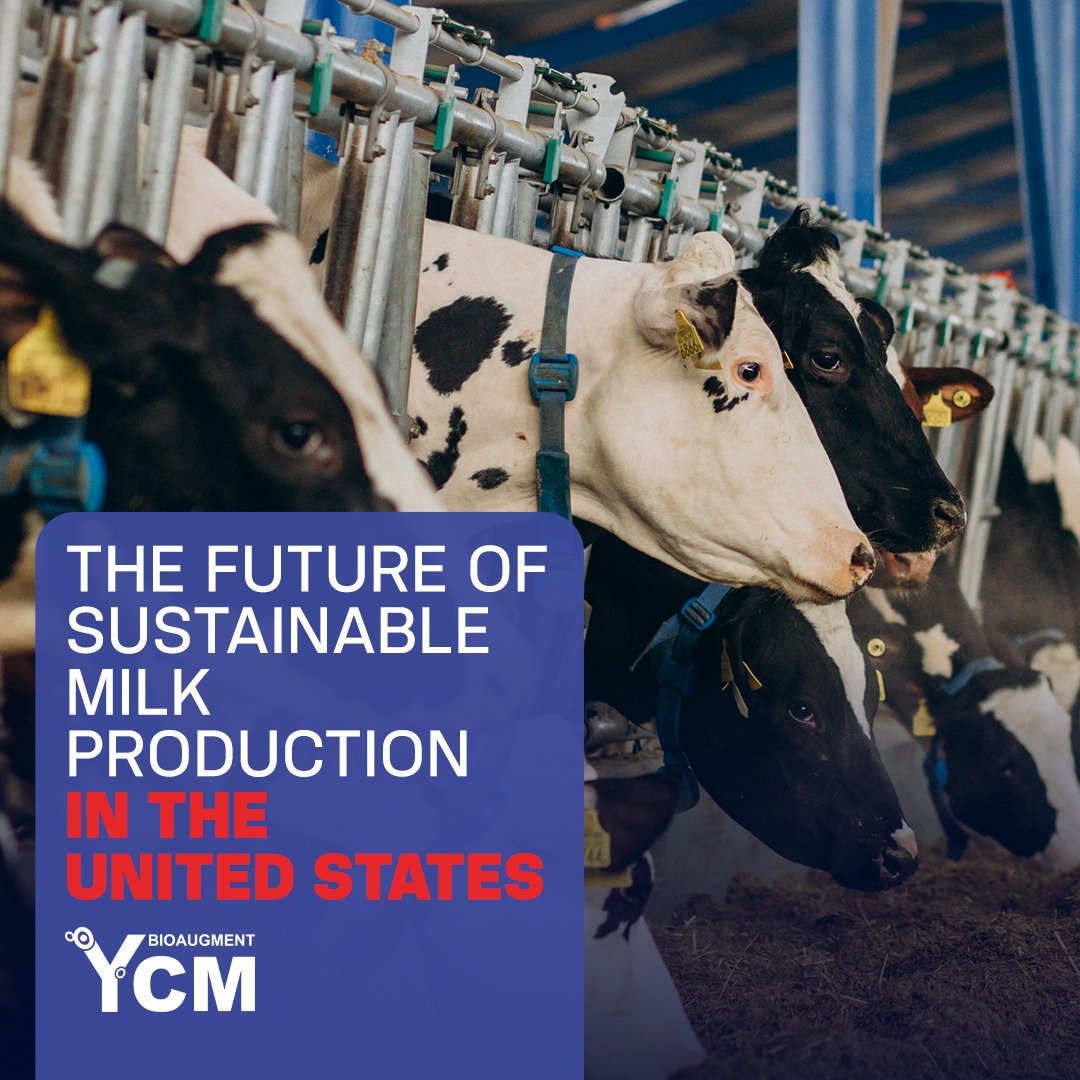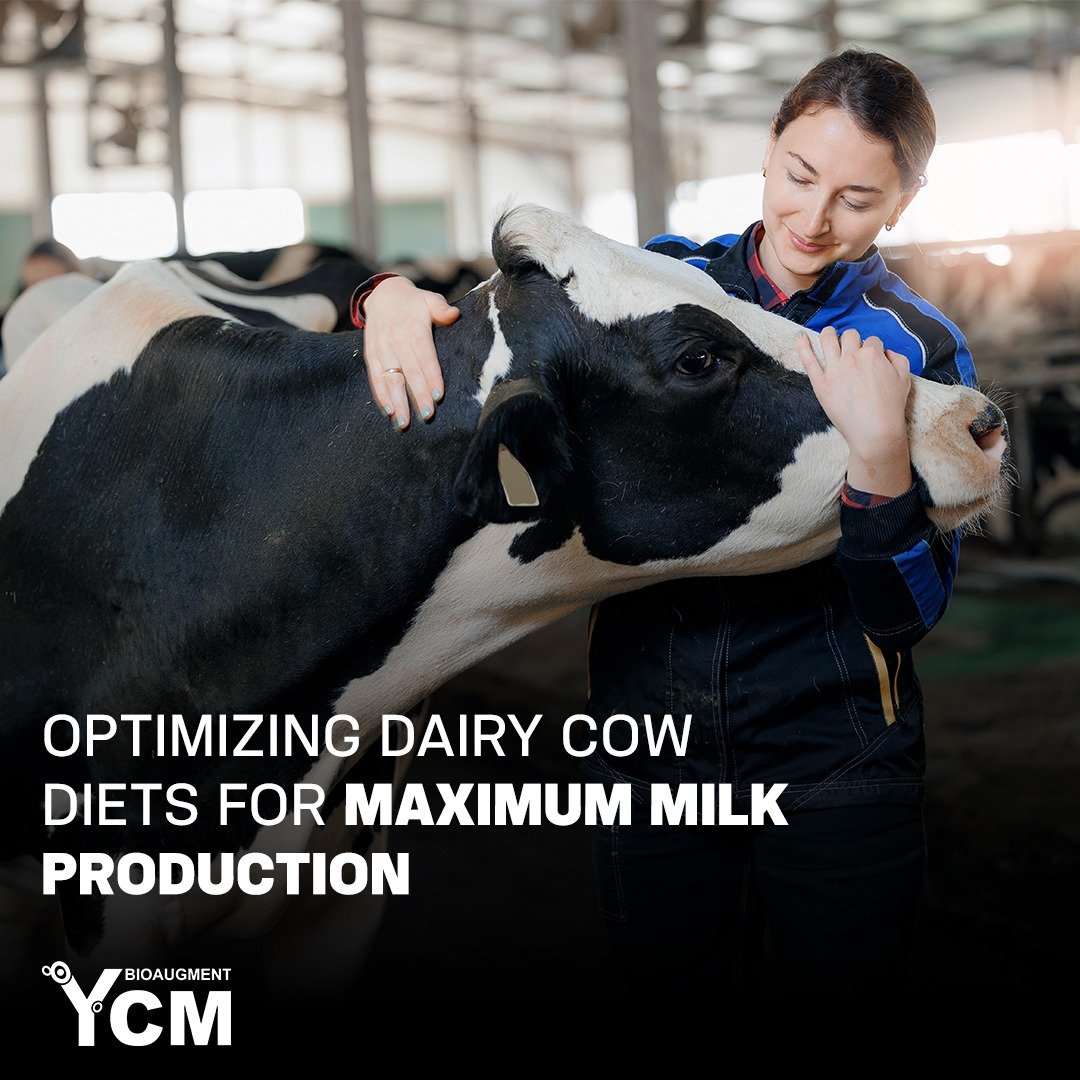The foundation of a productive dairy or beef herd begins with proper calf care. From the moment a calf is born until it is successfully weaned, management practices directly influence growth, immunity, and long-term performance. By focusing on colostrum, nutrition, housing, and health, farmers can ensure their calves grow into strong, profitable herd members.
The Importance of Early Calf Care
Calves represent the future of every herd. Effective care reduces mortality, lowers veterinary costs, and sets the stage for better milk yield or beef performance later in life.
Key goals of early calf care include:
-
Ensuring passive immunity transfer through colostrum.
-
Supporting steady growth and weight gain.
-
Protecting calves from diseases and environmental stress.
Step 1: Colostrum Management – The First Line of Defense
Colostrum is the calf’s first meal and most critical source of antibodies. Best practices include:
-
Feeding high-quality colostrum within 2 hours of birth.
-
Ensuring calves consume at least 10% of their body weight in colostrum during the first 24 hours.
-
Monitoring colostrum cleanliness to prevent bacterial contamination.
Step 2: Nutrition for Growth and Immunity
Balanced nutrition is the backbone of calf health.
-
Milk or milk replacers: Provide essential proteins, fats, and energy.
-
Calf starter feeds: Introduce solid feed early to develop rumen function.
-
Fresh, clean water: Always available for hydration and digestion.
Step 3: Housing and Hygiene
A clean, comfortable environment minimizes stress and disease.
-
Provide dry, well-bedded housing with proper ventilation.
-
Avoid overcrowding to reduce pathogen exposure.
-
Maintain regular cleaning routines for pens, buckets, and feeding equipment.
Step 4: Weaning Strategies for Smooth Transition
Weaning is a critical milestone in calf care. To reduce stress:
-
Wean gradually by reducing milk over 1–2 weeks.
-
Ensure calves are consuming 1.5–2 pounds of starter feed daily before weaning.
-
Monitor growth and health closely during the transition period.
Long-Term Benefits of Proper Calf Care
By investing in calf care from birth to weaning, farmers can expect:
-
Higher survival rates and stronger immune systems.
-
Improved growth performance and earlier breeding readiness.
-
Increased milk yield and herd longevity in dairy operations.
-
Better feed efficiency and carcass quality in beef production.
Calf care is not just a routine—it’s a long-term investment in the productivity and profitability of the entire herd. By focusing on colostrum, nutrition, housing, and gradual weaning, farmers can raise healthier calves that grow into strong, high-performing herd members.






